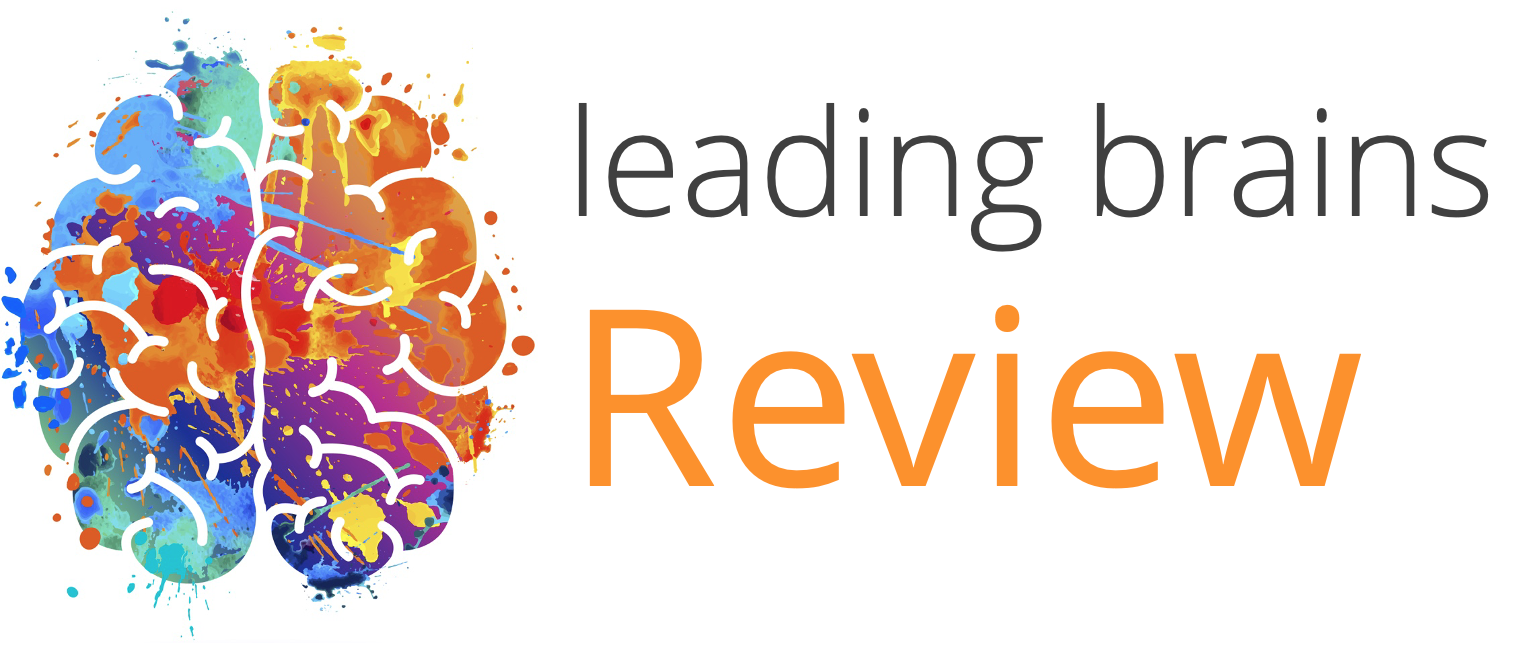Quick Hits
Daily brief research updates from the cognitive sciences

This is a thing in the modern age. And something many of us have noticed at conferees or when giving talks, and likely also done (I have and do). A particularly insightful slide will generate a flurry of people pulling out their phones and snapping a picture.
Whether this will ever be looked at again is another question – but not only that some research has shown that taking pictures seems to reduce memory. Presumably because it seems to offload the need to process the information.
This research has been done in real life scenarios such as visiting an art gallery but now researchers at the University of California looked specifically at presentation on computers – in itself a pretty good real-life scenario with more and more presentations being held online or virtually.
108 students were recruited by Annie Ditta et al. and given different instructions for taking photographs of slides. Either even numbered slides or odd numbered or as they saw fit or replicating other students. And what did they find?
Somewhat surprisingly they found that taking photographs of slides increased memory for these slides – somewhat surprising in my mind because firstly it was a lot of slides they took pictures of and, secondly, because most people had been assigned to groups that has to take pictures of specific slides irrespective of content (not just slides they found interesting or important).
What they also found is that memory of complementary verbal information also increased with those slides photographed. This is all quite surprising – it could be that because the participants had been primed to specific slides and hence paid more attention – however no patterns seemed to emerge with those taking pictures as they saw fit also increasing memory.
However, before you get too enthusiastic previous research has shown that good ‘ole fashioned note-taking is more effective. Annie Ditta plans to do more research to find out the mechanisms. But for now, it is good to know that taking photographs of slides does seem to increase memory – but taking notes might be an even better bet.

Andy Habermacher
Andy is author of leading brains Review, Neuroleadership, and multiple other books. He has been intensively involved in writing and research into neuroleadership and is considered one of Europe’s leading experts. He is also a well-known public speaker, speaking on the brain and human behaviour.
Andy is also a masters athlete (middle distance running) and competes regularly at international competitions (and holds a few national records in his age category).
References
Annie S. Ditta, Julia S. Soares, Benjamin C. Storm.
What happens to memory for lecture content when students take photos of the lecture slides?
Journal of Applied Research in Memory and Cognition, 2022
DOI: 10.1037/mac0000069
More Quick Hits
COVID on the Brain
Many COVID-19 patients have reported various neurological symptoms – the well-known brain fog, but also headaches and decreased cognitive function over months and extended periods of time. This even without serious infection or hospitalization. The research seems to...
Life satisfaction after work related to personality traits
As many of you know I have done plenty of work into personality and so found this study interesting. Dusanee Kesavayuth of Kasetsart University in Bangkok, Thailand analysed data from 2,000 adults aged between 50 and 75 in the British Household Panel Survey and found...
Unique regulation of brain in yoga practitioners
Quick HitsDaily brief research updates from the cognitive sciences es, you yoga practitioners knew you were special and here is the science to prove it! In this older study I came across (2018) participants were recruited to see how they dealt with...
Neurodivergence and the lonely brain
Quick HitsDaily brief research updates from the cognitive sciences eurodivergence is term that describes those that are not “neurotypical” such as those with autism and ADHD. In the surge of research into loneliness spurred by the pandemic it has...
Art Engages the Social brain
Quick HitsDaily brief research updates from the cognitive sciences reported in last week’s Quick Hits on how engaging in the arts has a relationship with self-control and avoidance of disagreeable and criminal behaviour and that is why this...
Swearing can increase strength, self-confidence, and risky behaviour
Quick HitsDaily brief research updates from the cognitive sciences wearing is frowned upon in many circumstances but is also used by many people in casual situations and particularly by comedians. So why do we swear if it is taboo? A team of...






